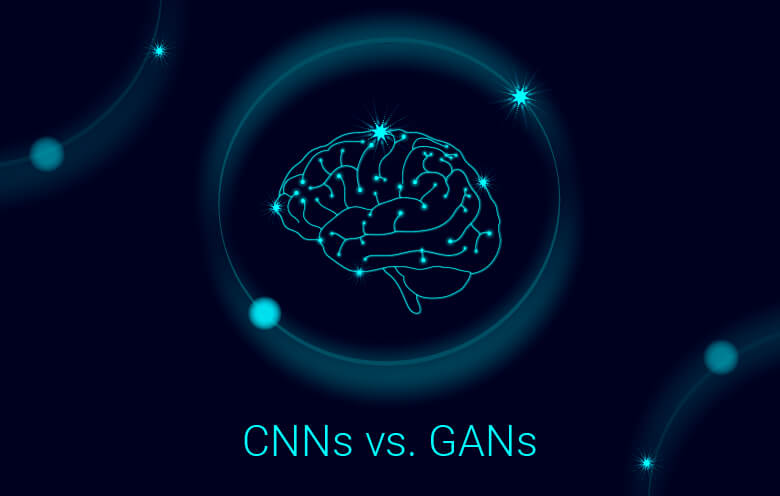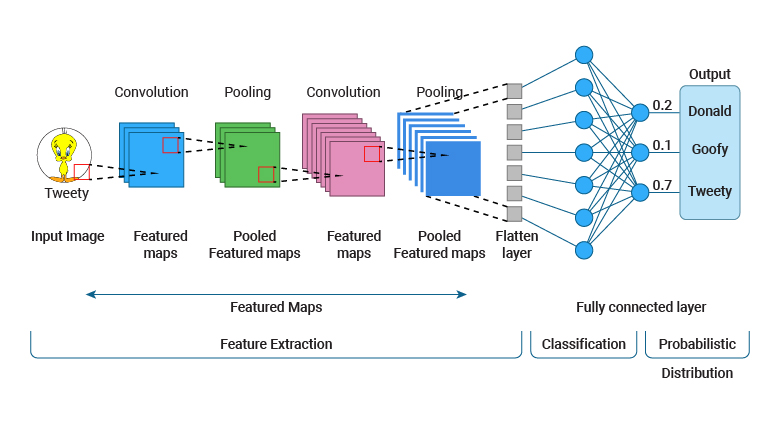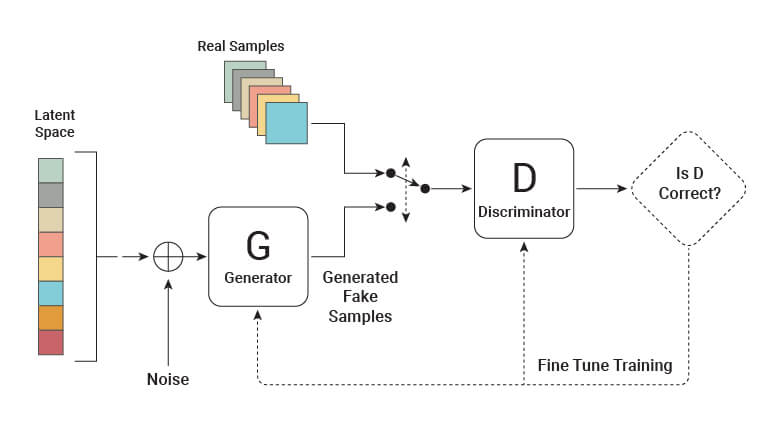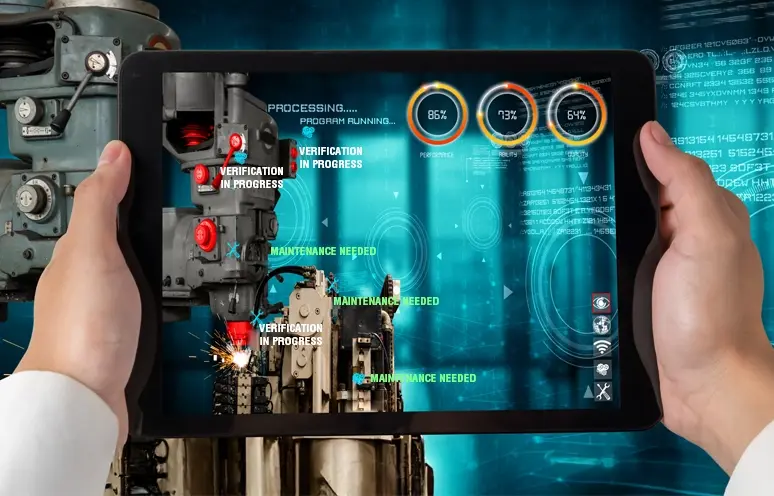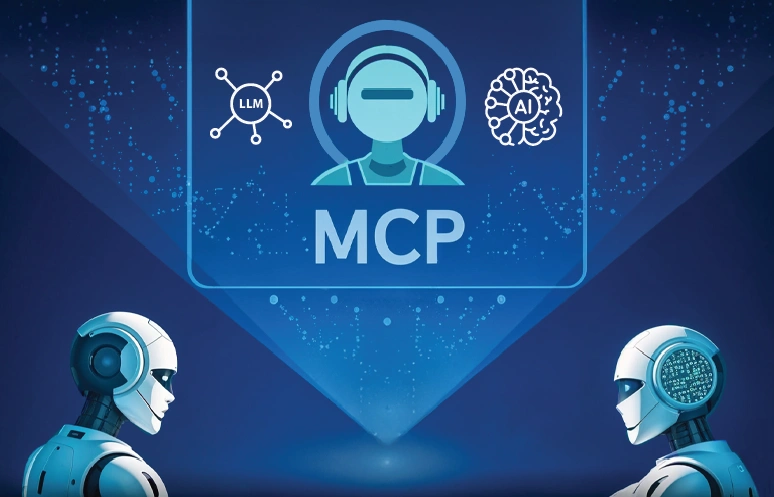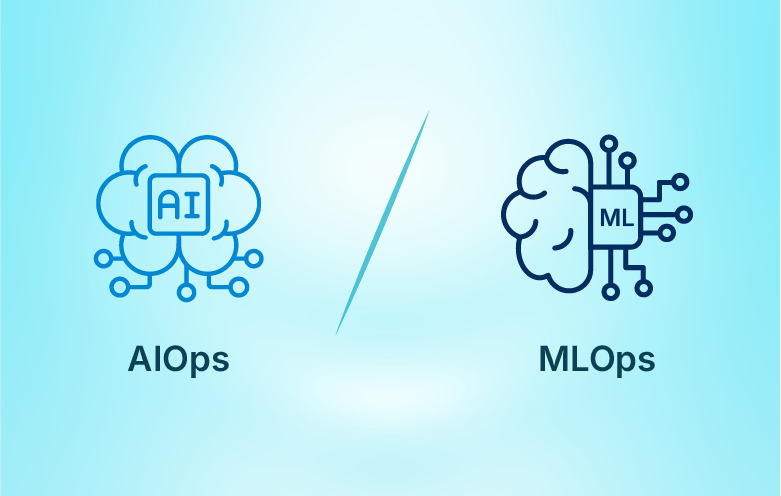Can a machine learn to observe like a human? A convolutional neural network (CNN) is a type of machine learning algorithm that can learn to recognize patterns in images.
Can a machine learn to create like a human? A generative adversarial network (GAN) is a type of machine learning algorithm that can learn to create new data that follows a given pattern.
What if machines could learn to do both?
CNNs and GANs are two powerful machine learning algorithms that are revolutionizing the way we interact with computers. By combining the strengths of both algorithms, we can create machines that can see, understand and create like humans.
Key differences between CNNs and GANs
Purpose
CNNs are used to recognize patterns in data, such as objects in images or words in text. GANs are used to create new data that follows a given pattern, such as realistic images or text.
Architecture
CNNs typically consist of convolutional layers, pooling layers and fully connected layers. Convolutional layers extract features from the data, pooling layers reduce the size of the data and fully connected layers make predictions.
GANs consist of two networks: a generator network and a discriminator network. The generator network creates new data, while the discriminator network tries to distinguish between the new data and real data.
CNN
GAN
Training data
CNNs are typically trained on labeled data. This means that each data point in the dataset is associated with a label, such as the object that is in the image or the word that is in the text.
GANs are typically trained on real data. This means that the data points in the dataset are not labeled.
Complexity
CNNs are generally less complex than GANs. This is because CNNs have a simpler architecture and are typically trained on less data. GANs are more complex because they have a complex architecture and are typically trained on more data.
Cost of training
CNNs are generally less expensive to train than GANs. This is because CNNs require less data and can be trained on simpler hardware. GANs are more expensive to train because they require more data and can be trained on more complex hardware.
Applications
CNNs are used in a variety of applications, such as image recognition, natural language processing and medical imaging. GANs are used in a variety of applications, such as image generation, text generation and music generation.
Use cases of CNNs
Image recognition
CNNs are used in a variety of image recognition tasks, such as facial recognition, object detection and image classification. For example, CNNs can be used to identify customers in a security camera feed, detect defects , or to classify images of products for online shopping.
Natural language processing
CNNs can be used for NLP tasks such as text classification, sentiment analysis and machine translation. For example, CNNs can be used to classify spam emails, to identify the sentiment of a social media post, or to translate text from one language to another.
Medical imaging
CNNs can be used for medical imaging tasks such as tumor detection, diabetic retinopathy screening, and cancer diagnosis.
Customer service
CNNs can be used to improve customer service by automating tasks such as chatbots and customer support tickets. For example, CNNs can be used to answer customer questions about products or services, or to resolve customer complaints.
Fraud detection
CNNs can be used to detect fraud in a variety of industries, such as financial services, insurance and retail. For example, CNNs can be used to identify fraudulent credit card transactions, to detect insurance fraud, or to prevent counterfeit products from being sold.
Self-driving cars
CNNs are used in self-driving cars to help them navigate the road and avoid obstacles. For example, CNNs can be used to identify traffic signs, detect pedestrians and other vehicles, or to track a car’s position on the road.
Suggested: Benefits of facial recognition and emotion detection tools.
Business benefits of CNNs
- Accuracy: CNNs are known for their accuracy in image recognition tasks. They can be used to identify objects, classify images and even detect faces.
- Speed: CNNs are relatively fast to train and deploy. This makes them a good choice for applications where speed is important, such as real-time object detection.
- Robustness: CNNs are relatively robust to noise and distortions. This makes them a good choice for applications where the data is not perfectly clean, such as medical imaging.
- Interpretability: CNNs are relatively interpretable, meaning that it is possible to understand how they make their predictions. This can be helpful for debugging and improving models.
Use cases of GANs
Image generation
GANs can be used to generate realistic images, such as faces, objects and scenes. This can be used for a variety of purposes, such as creating virtual worlds, generating realistic product images for e-commerce websites, or creating training data for other machine learning models.
Text generation
GANs can be used to generate realistic text, such as news articles, product descriptions, or even creative writing. This can be used for a variety of purposes, such as creating content for social media, generating marketing copy, or even writing chatbot conversations.
Interesting Read: Why your business needs generative AI?
Music generation
GANs can be used to generate music, such as melodies, chords and beats. This can be used for a variety of purposes, such as creating new songs, generating background music for video games or movies, or even creating personalized music playlists.
Data augmentation
GANs can be used to augment datasets by generating new data that is similar to the existing data. This can be used to improve the performance of machine learning models by providing them with more data to train on.
Virtual try-on
GANs can be used to create virtual try-on applications that allow users to try on clothes or makeup without having to physically try them on. This can be used by businesses to sell clothes or cosmetic items online.
Product design
GANs can be used to design new products by generating realistic images of the products. This can be used by businesses to create new product concepts or improve the designs of existing products.
Business benefits of GANs
- Creativity: GANs can be used to create new data that is indistinguishable from real data. This makes them a good choice for applications where creativity is important, such as image generation and text generation.
- Flexibility: GANs can be used to generate data of any kind. This makes them a good choice for applications where the data is not well-defined, such as creative writing.
- Scalability: GANs can be scaled to generate large amounts of data. This makes them a good choice for applications where a lot of data is needed, such as training machine learning models.
- Novelty: GANs can be used to generate novel data that has never been seen before. This makes them a good choice for applications where new ideas are needed, such as product design and marketing.
Behold the future of deep neural networks!
CNNs and GANs are two powerful machine learning algorithms with a wide range of applications. They are both based on deep neural networks, but they are designed for different tasks. CNNs are designed for image recognition tasks, while GANs are designed for generative tasks. Depending on your use case you can choose either technology to address your business challenges.
Softweb Solutions is a leading provider of machine learning solutions. We offer a wide range of AI services, including CNNs and GANs. We can help you develop and deploy AI solutions that meet your specific needs. Let our AI experts help you bring your AI dreams to life.
